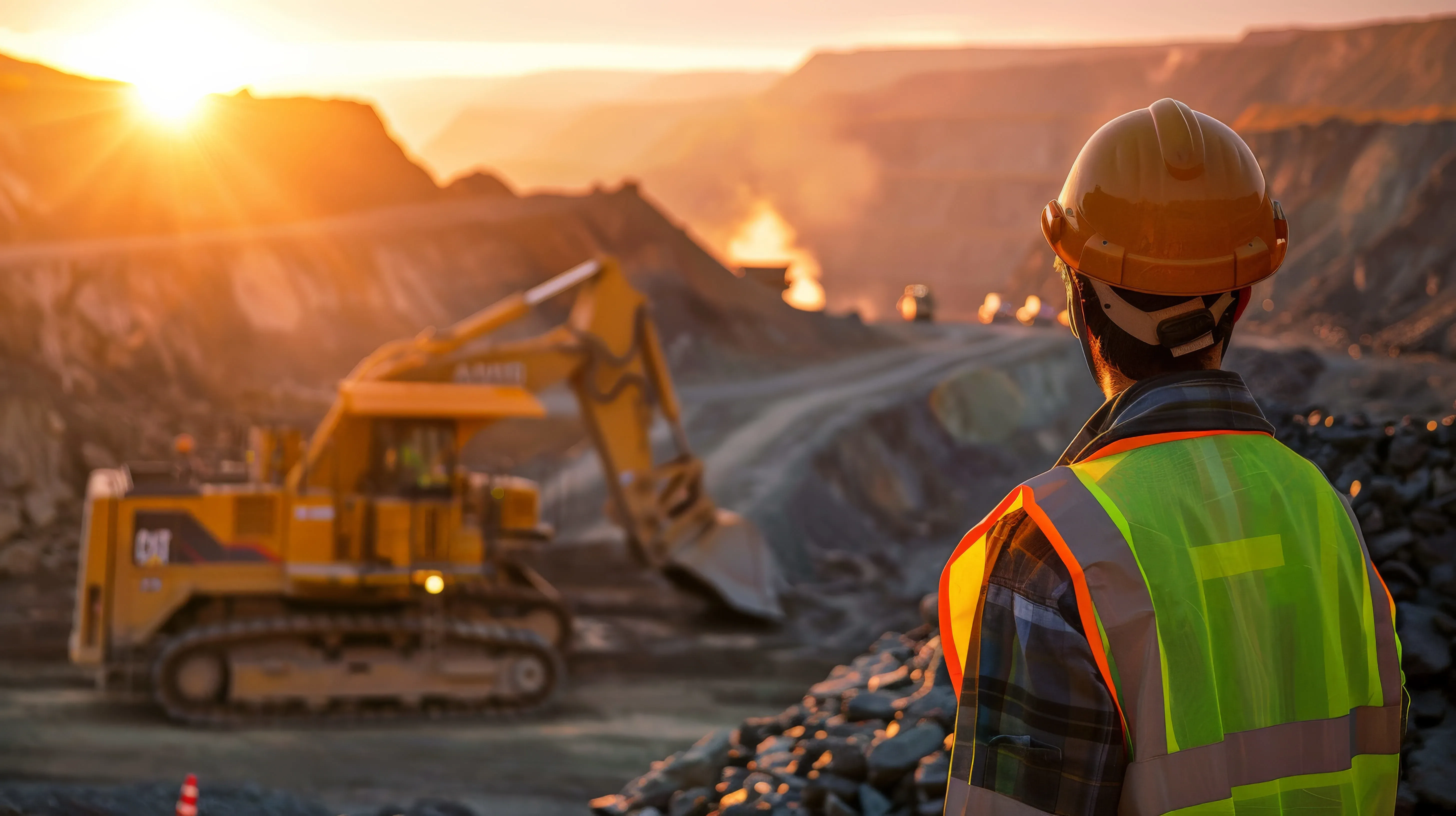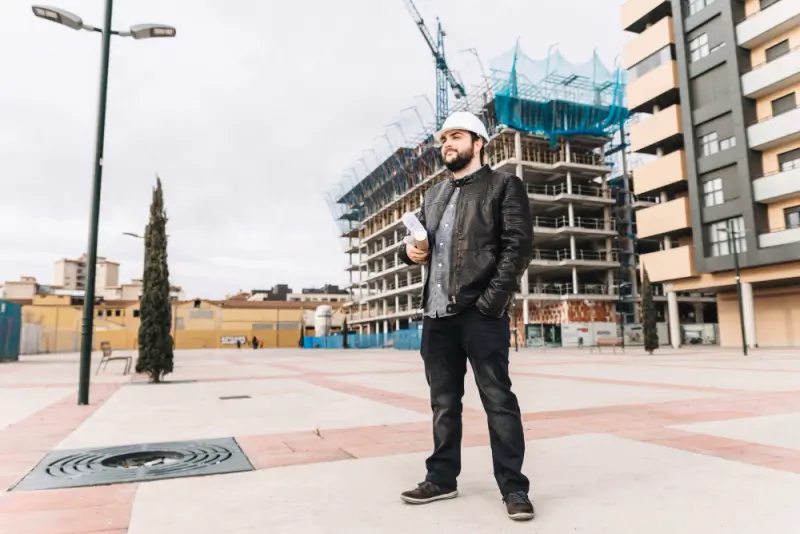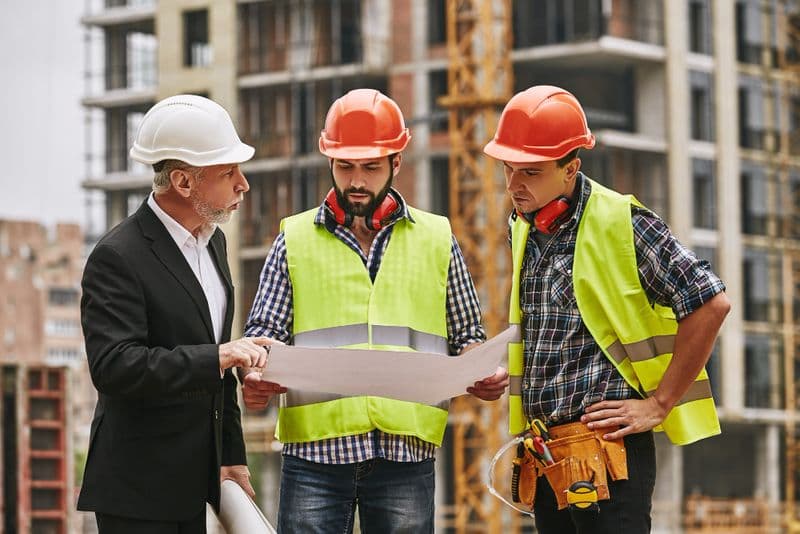If you're in the trades or running projects, this is the year to pay attention. The way we build industrial facilities in the U.S. is changing fast. With tech taking over the job site, prefab work becoming the new standard, and demand for U.S.-based factories skyrocketing — industrial construction in 2025 isn’t business as usual.
Whether you're a fabricator, welder, electrician, or site supervisor, this is what you need to know.

Manufacturing and Warehouse Projects Are Booming
The U.S. is spending more on factories than ever before — over $230 billion in 2025 alone. Why?
Reshoring manufacturing (thanks to CHIPS Act, IRA, and supply chain breakdowns)
Growth in e-commerce and logistics hubs
Demand for clean energy infrastructure (EV plants, battery factories, etc.)
Hotspots like Ohio, Tennessee, and Arizona are seeing multi-billion-dollar projects break ground every month. And they all need one thing: skilled people to build them.
Off-Site Construction Is the New Normal
Forget stick-built everything. In 2025, if it can be built in a prefab shop, it is. From MEP racks to entire wall systems, off-site construction is how industrial sites are being delivered on time and on budget.
Why it’s working:
Weather delays don’t stop production
Quality is better in controlled factory settings
Helps solve the labor shortage (smaller field crews)
Fabricators are now assembling plug-and-play components in modular bays while site crews focus on fast installs.
Robotics, AI & Smart Tech Are On Every Job
Construction used to be all muscle. Now, it’s muscle + machine. Here’s what’s happening:
Drones monitor progress and inspect tall structures
Autonomous equipment is trenching and moving earth
AI scheduling tools help forecast delays and labor needs
Wearables track crew safety and jobsite exposure
Bottom line: tech is taking over the repetitive stuff so humans can focus on what matters — building smarter, not harder.
Fabrication Is Smarter Than Ever
Today’s fab shops are running like aerospace plants:
Laser scanning ensures perfect fit-up
Robotic welders handle repetitive joints
BIM integration means zero surprises on site
Pre-piped and pre-wired assemblies speed up the build
From boiler skids to full cleanroom modules, shops are turning out high-precision work that used to take weeks in the field.

Rural Builds Are the New Frontier
Land near cities is expensive and crowded. So what’s happening?
Massive plants are going up in rural towns
Crews are traveling in from out of state
Temp housing, long shifts, and mobile logistics are becoming standard
Contractors who can mobilize fast with travel-ready crews are winning the big contracts. If you're a skilled worker willing to move, there's no shortage of opportunities.
Green Requirements Are Everywhere
Sustainability is no longer a buzzword — it’s baked into every project:
Solar-ready roofs
Energy-efficient MEP systems
Recycled steel and materials
Electric vehicle charging infrastructure
Projects that can’t hit sustainability targets may not even get approved. Knowing how to build to LEED or energy codes gives both workers and companies an edge.
Skilled Labor is Still the Biggest Challenge
Even with robots, AI, and prefab — good people are hard to find:
Weldersand electricians are still in high demand
Fabricators with modular experience are golden
Superintendents who understand tech + people = unicorns
The workforce is aging, and fewer young people are entering the trades. That means big openings and fast advancement for those who show up ready to learn.
Training and Upskilling Matter More Than Ever.
In today’s industrial construction landscape, staying competitive means constantly learning. Whether it's mastering new prefab methods, understanding digital blueprints, or getting certified in green building standards — ongoing training can set you apart. Employers are increasingly looking for workers who are tech-savvy, safety-focused, and ready to adapt to smarter workflows.
Conclusion
Industrial construction in 2025 is fast, modular, and high-tech. But here's the truth: no matter how advanced the tools get, it's still the people who make it happen.
Whether you're looking to get hired or need to hire, knowing these trends gives you an edge. The companies and workers who can adapt — who know prefab, who understand the tech, who can work remote — will be the ones shaping the future.
FlexCrew connects top construction talent with the country’s biggest industrial projects. Let’s build smarter together.
FAQs
What is industrial construction?
It involves building facilities like factories, power plants, warehouses, and large-scale infrastructure projects.
Why is it growing so fast in 2025?
Manufacturing is coming back to the U.S., and logistics demand is soaring. Government incentives are also driving new construction.
What jobs are most in demand?
Welders, electricians, pipefitters, prefab technicians, machine operators, and travel crews.
How is technology changing job sites?
AI tools, robotics, drones, and wearable tech are making projects faster, safer, and more efficient.
Where are most of the jobs?
States like Ohio, Texas, Arizona, and Tennessee are leading, especially in manufacturing and logistics builds.
Is prefab here to stay?
Yes — it’s becoming the standard in industrial construction for speed, quality, and workforce flexibility.


